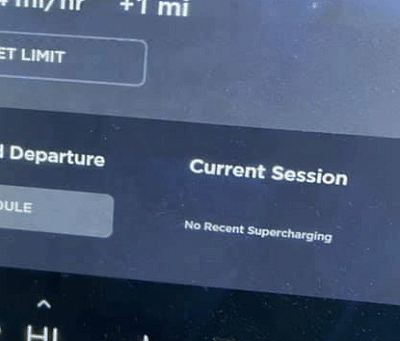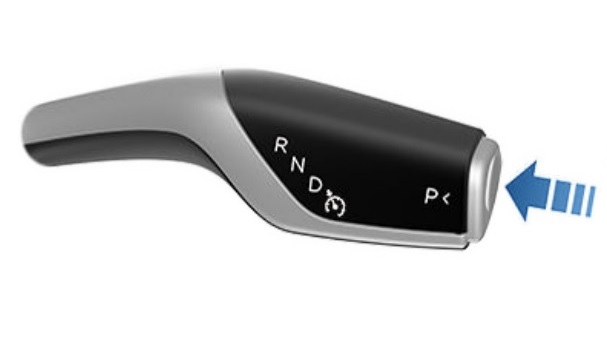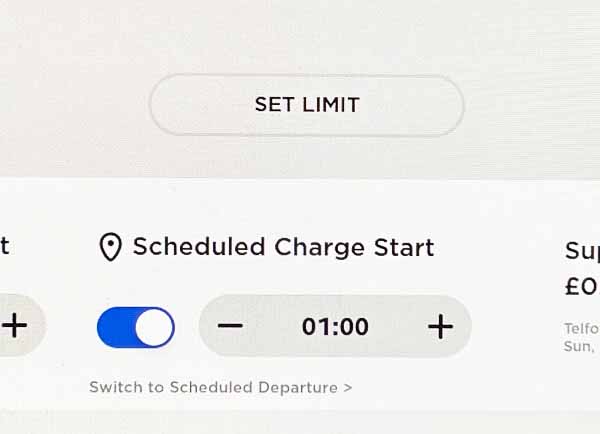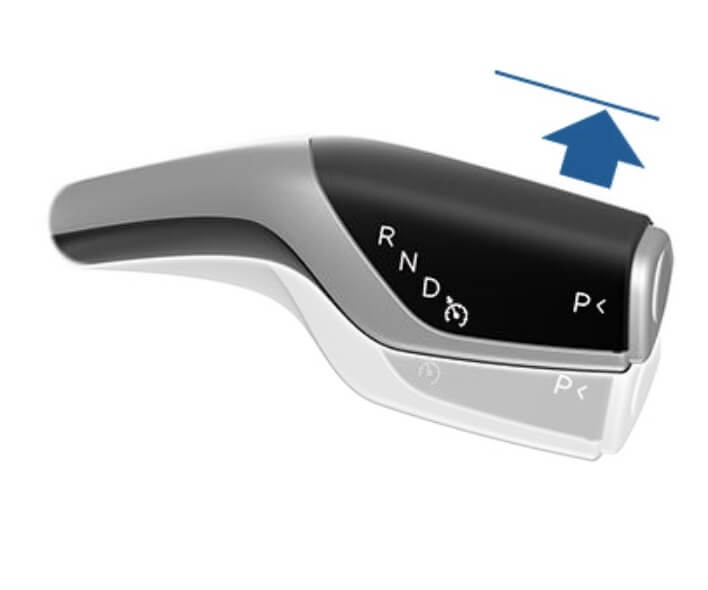Tyre pressures
Last updated 29-Nov-2021
Tesla has a built in tyre pressure monitoring system (TPMS) that tells you the tyre pressures and alarms when the pressures are too low. Our tip is to check the pressures and adjust before you get the alarms. This is because the warning alarms are exactly that, a warning that your tyre pressures are now too low, and really designed as a warning for a slow puncture. Tyre/tire pressures vary with temperature and as the weather cools, pressures reduce and you see many reports of TPMS warnings as a result. If you check your tyre and adjust regularily, these warning won't appear unless there is a genuine issue, and if you do get a warning, the first action should be to try blowing the tyre up to the correct pressure.
What you need to do
Firstly, know what the correct tyre pressures are for you car. These can be found on the door shut of your car, sometimes shown as bar and sometiems as psi. Most Teslas require between 42 and 45psi to give a guide as the number to look for.
When you first start driving and the tyres are cold (so within the first mile, display the TPMS readings in the car and check the values are correct for your tyres. If any are low (or high in summer) then adjust the tyre pressures at the first opportunity. The tyre pressures WILL warm up while the car is being driven so it is important to do this step before the tyres have had chance to warm through.
Ideally the pressures should be adjusted when the tyres are cold but in practice this cab be hard to do. An alternative is if the tyres are, say, 2psi below where they should be when they are cold, when you stop to inflate them increase the pressure by 2psi on whatever they are reading. ie if the tyres are now reading 46psi when warm, they should be inflated to 48psi even if the target pressure is 45psi when cold. It's not perfect, but it is a pragmatic approach. Check your tyres again when cold to see if the adjustment has worked correctly.
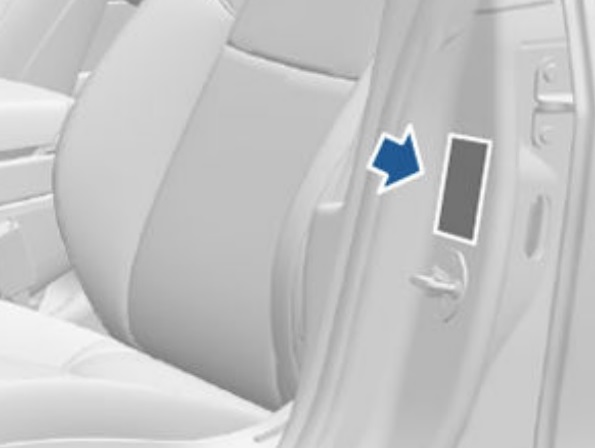
Low pressure alarm mystery
One of the common issues owners raise is the tyre pressure alarm and why they sometimes see tyres in the alarm state at a higher pressure than a tyre that is not showing the alarm state. While this may seem baffling the explanation is relatively simple. A long standing approach to alarms is to apply what is called a hysteresis curve. This simply means that the reading that will cause an alarm is not the same as the value when the alarm clears, so once the alarm has been triggered it will stay in the alarm state until it reaches the alarm clear value which is typically 10% higher. As an example, the tyres will alarm at around 38psi but one the tyre has alarmed it will stay in the alarm state until it has reached around 41psi. The consequence is the alarm status has very little to do with the current tyre pressure, it only reflects the history and whether the tyre last crossed the 38psi "alarm" threshold or the 41psi "good" threshold. Anything between these two thresholds is effectively a zone where it can show either, but in this zone your tyres are underinflated and need more air.



